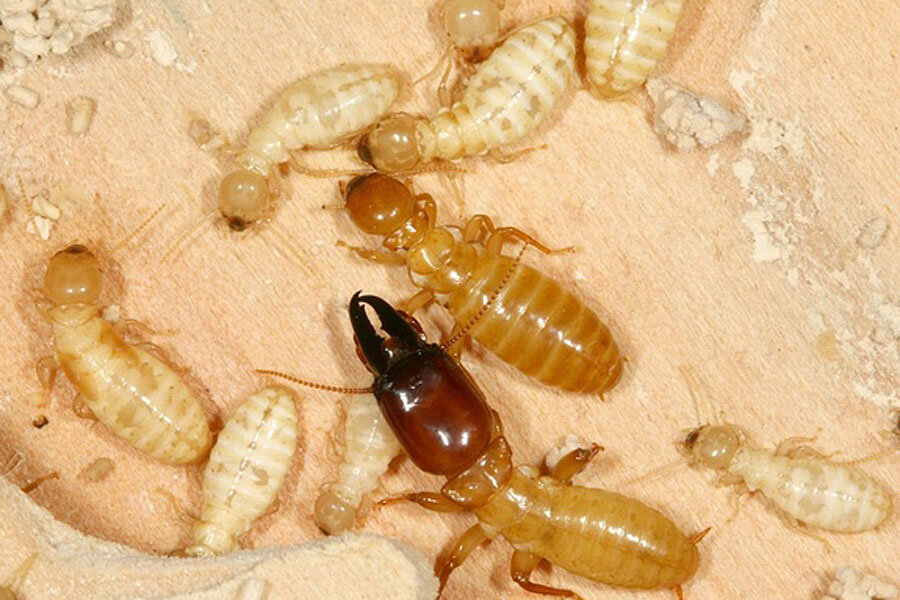Scientists unravel termite's genetic code. What did they learn?
Loading...
The genome of the termite has just been sequenced, and it is revealing several clues about how the pests create their rigid social order.
For instance, the new genome, detailed today (May 20) in the journal Nature Communications, uncovers some of the underpinnings of termites' caste system, as well as the roots of the males' sexual staying power.
Social bugs
Like other social insects— such as ants, honeybees and some wasps — termites live in highly structured "caste systems," with each creature programmed to perform a rigidly defined job. A select few termite kings and queens reproduce, while drones and soldiers work, defend the colony or care for young. [Image Gallery: Ants of the World]
Yet termites evolved their social structure independently from ants and bees, which belong to an order known as Hymenoptera.
To understand how this happened, Jürgen Liebig, a behavioral biologist at Arizona State University, and his colleagues collected dampwood termites(Zootermopsis nevadensis nuttingi) that lived in Monterey, California. The researchers then sequenced the genome of the insects and measured how those genes were expressed, or turned on and off.
Sex differences
The research revealed several insights about termite sexual and social behavior.
Termite society is roughly half males and half females. Termites have sexually active kings as well as queens, and kings make sperm throughout their lifetimes. Dampwood termite males also have testes that shrivel and grow seasonally.
Ants and honeybees, in contrast, live in predominantly female societies, and ant sex is a one-time affair.
"Their societies generally consist of females — the males are only there to fly out, mate and die," Liebig told Live Science.
Sure enough, the termites had more gene variants associated with sperm production and degradation, and those genes were expressed to a greater extent than in ants, Liebig said. That finding suggested those genetic differences contributed to male termites' sexual longevity.
Ants and termites
The termite genome also contains a high fraction of genes that are turned off by chemical tags, or methyl groups, the researchers found. In honeybees, this process of methylation sets the fate of individual animals, determining their place in the caste system. The new findings suggest a similar process may be at play in termites.
In addition, both ants and termites communicate via chemical smell signals sensed by receptors on their antennas.
But while ants venture out for food, these particular termites spend their whole lives dining on one piece of wood.
The new analysis revealed that the termites have far fewer cell types for recognizing individual chemicals, probably because they rarely face off against foreign termites or search for food. They simply don't need to recognize as many smells, Liebig said.
However, some termite species, such as Australian mound-building termites, do forage and encounter foreigners along the way, so as a follow-up, the team would like to see if those termites can detect a greater array of chemicals, Liebig said.
Follow Tia Ghose on Twitter and Google+. Follow Live Science @livescience, Facebook & Google+. Original article on Live Science.
- Animal Code: Our Favorite Genomes
- Googly Eyes: Photos of Striking Wasp Faces
- Gallery: Dazzling Photos of Dew-Covered Insects
Copyright 2014 LiveScience, a TechMediaNetwork company. All rights reserved. This material may not be published, broadcast, rewritten or redistributed.







